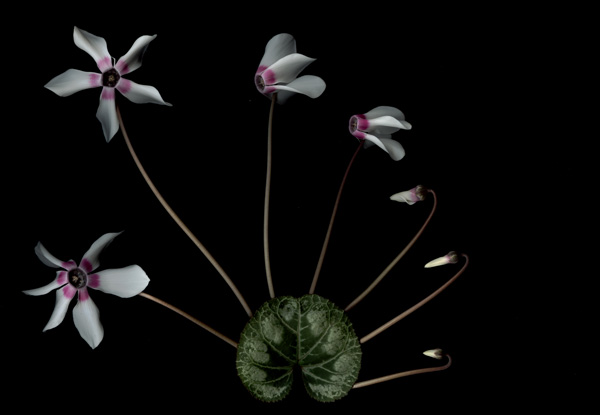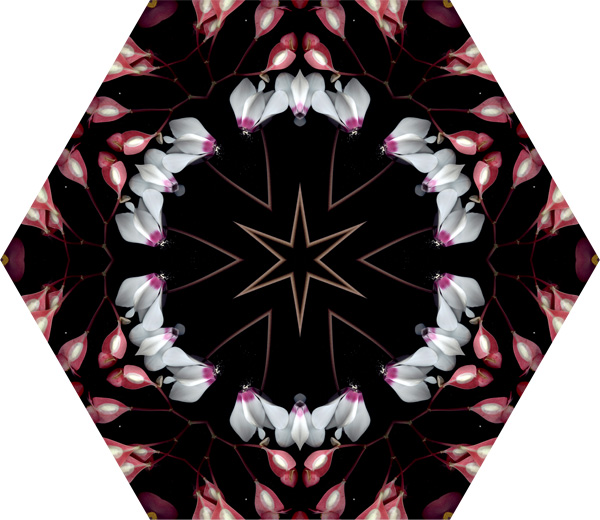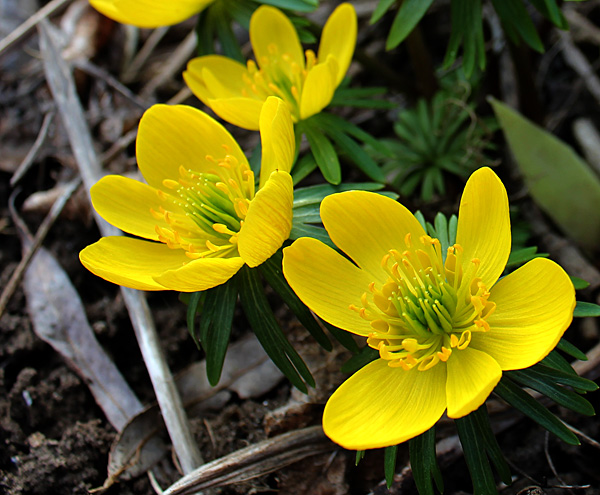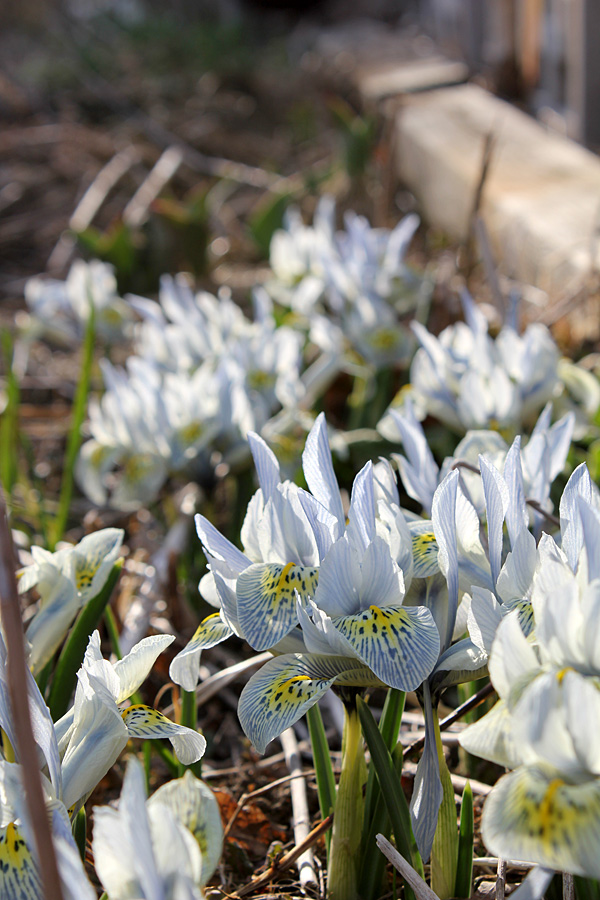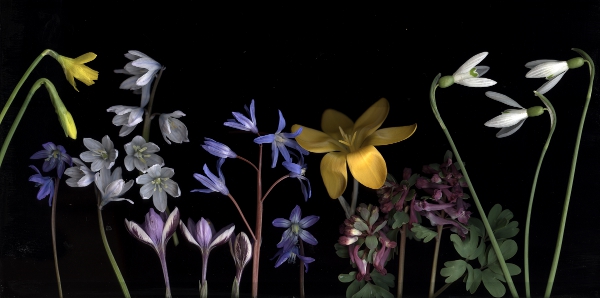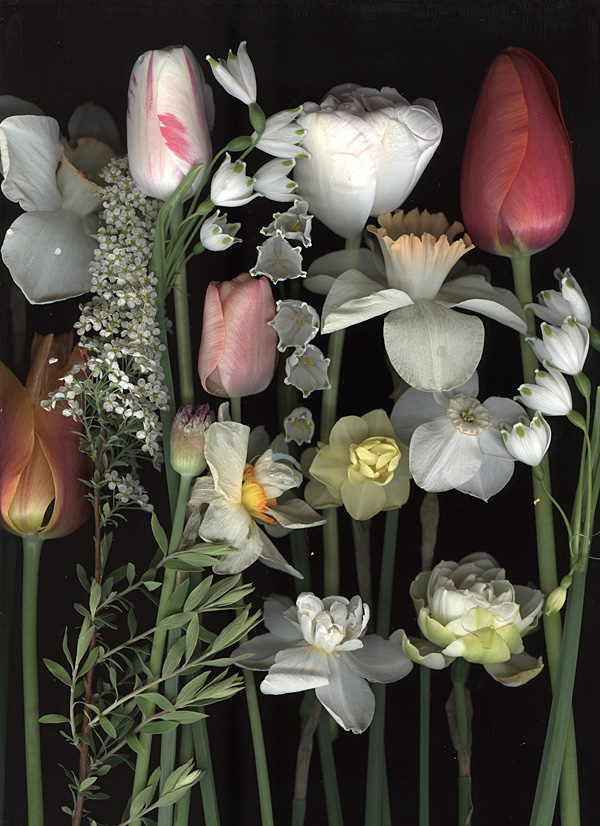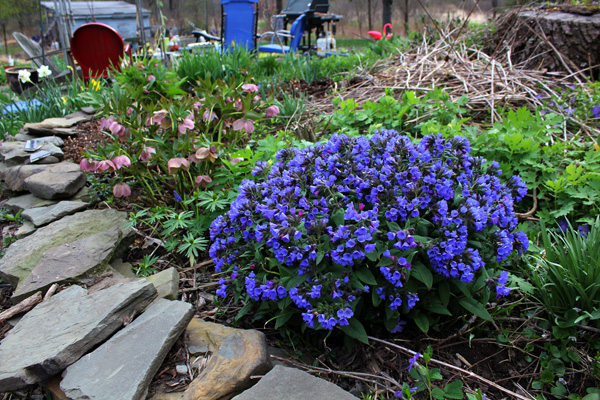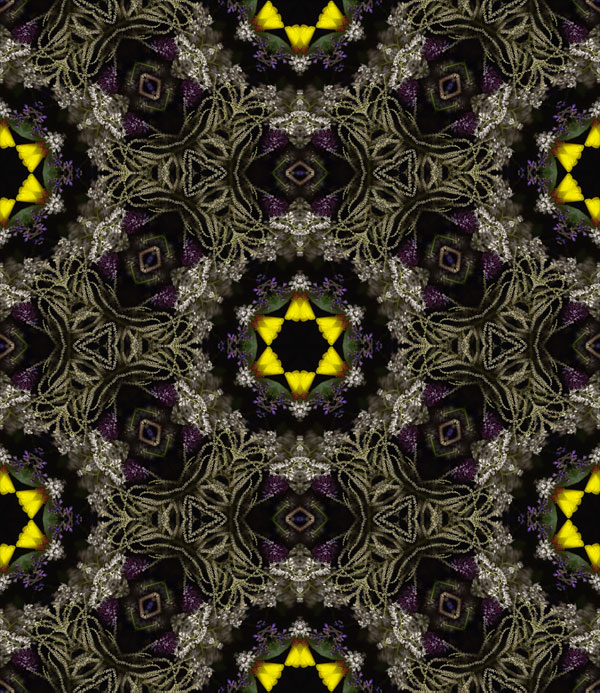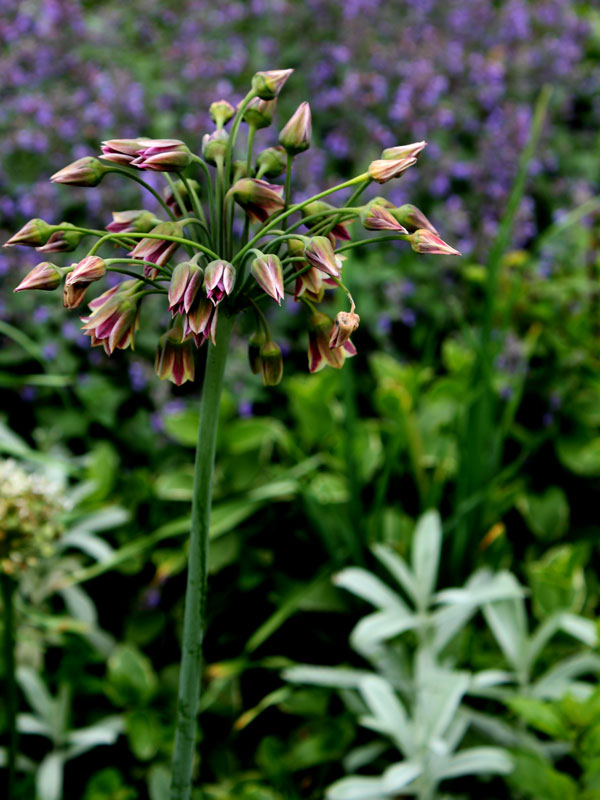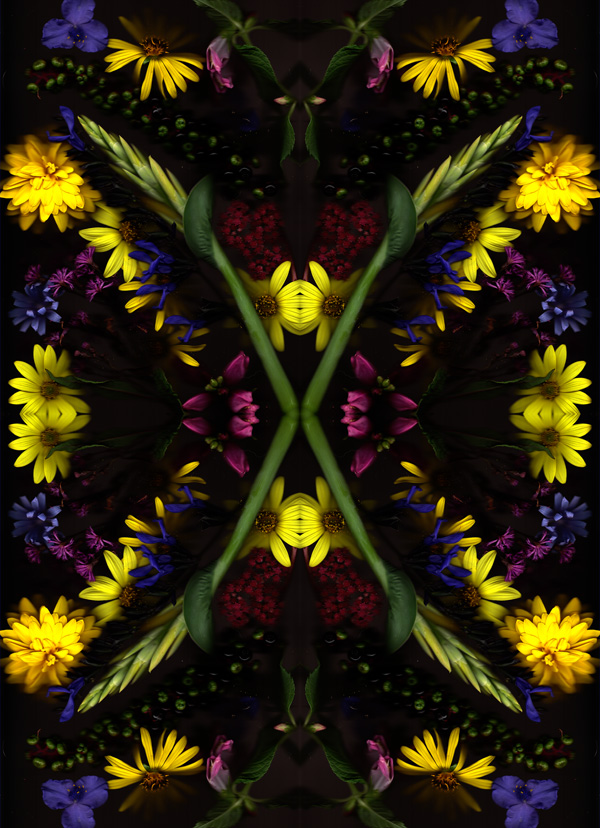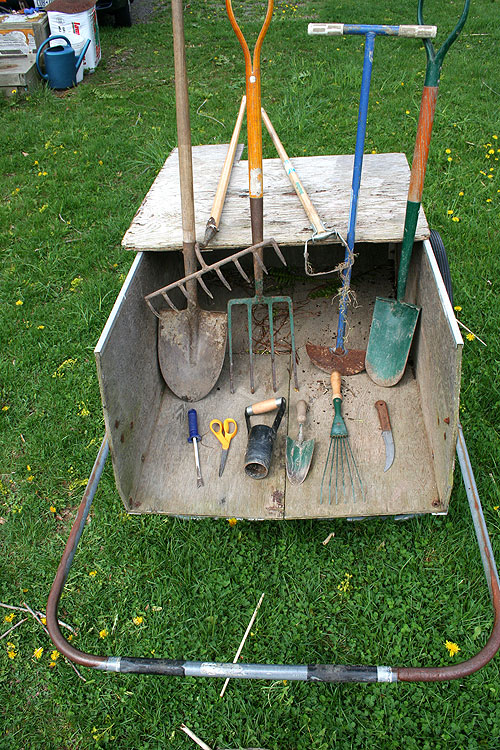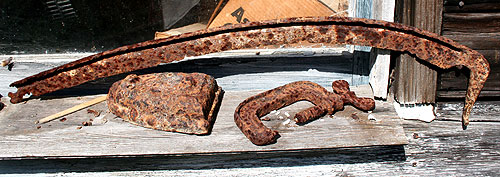Have I really neglected this blog since Labor Day?
Apologies. Life has been hectic. Plus I’ve been able to scratch my blogging itch some at work through the Cornell Horticulture blog. The little vacation from blogging here has made me start yearning for spring already and getting back to shooting photos and creating scans.
Following Les’s lead at A Tidewater Garden, I figured I’d pull together a quick collection of favorites from the past year, drawing from both blogs. In most cases, you can click on images for a larger view.
New Year’s cyclamen
With a corm nearly the size of my fist, this cyclamen reliably pumps out blossoms on the kitchen windowsill this time of year. More manipulations of this scan.
Valentine’s Day scan
Cyclamen and begonia kaleidoscope. More manipulations here
Ephemerals
This is why I long for spring: The chance to get my knees muddy shooting little things. Hard to chose just one.
Below, an Eranthis — a special variety though I don’t know its name.
Iris histrioides ‘Katharine Hodgkin’
Ephemerals scan nicely, too.
Daffodil season
Scan of daffodils, Leucojum and tulips the deer missed.
Pulmonaria
This one pumps out the prettiest flowers. Good thing. It’s leaves are butt-ugly.
June scan
Kaleidoscope mosaic with Aruncus, among others. Original scan. More manipulations.
Allium bulgaricum
At least that’s what John Scheepers is calling it these days. One of my favorites.
Tools of the trade
Shot this at a weed control workshop at a field day for gardeners at Cornell’s Thompson Vegetable Researcg Farm. Read more.

Sod sofa
Every fall, students in the Art of Horticulture class build a sod sofa on campus. It’s one of my favorite afternoons, as I get to shoot stills and usually make a time-lapse video.
Labor Day scan
4-pane of my Labor Day scan. More manipulations.
Patrick Daugherty’s Stickwork installation
One of the first posts I wrote on this blog was about how much fun I had helping ‘Stickwork’ sculptor Patrick Dougherty with his installation in Collegetown. He returned to campus in October for a series of events including a hands-on community build at the Ithaca Children’s Garden. You can view a time-lapse video of the build below or view one of his talks, Stickwork: Primitive Ways in an Accelerated World.
Art of Horticulture final projects
What would I do without this class. My second favorite day of the school year (after sod sofa day) is when the students in this class present their final projects. I usually give a talk about digital art, and this semester I was so pumped that one of the students was inspired to try some manipulations. (You can view them here.) You can also view most all of this year’s (and previous years’) projects at the Art of Horticulture gallery page.

Also of interest …
A couple of things I discovered as I was reviewing the year that I should have plugged here earlier:
- Cornell Climate Change is a website I’ve been helping with that features a gardening resources page. Don’t miss the video I shot of Dave Wolfe’s talk, Sustainable Gardening in a Changing Climate.
- Site Assessment for Better Gardens and Landscapes is a new and very useful publication that my old friend and co-worker Charlie Mazza created that will help both new and experienced gardeners. Makes a great housewarming gift.

